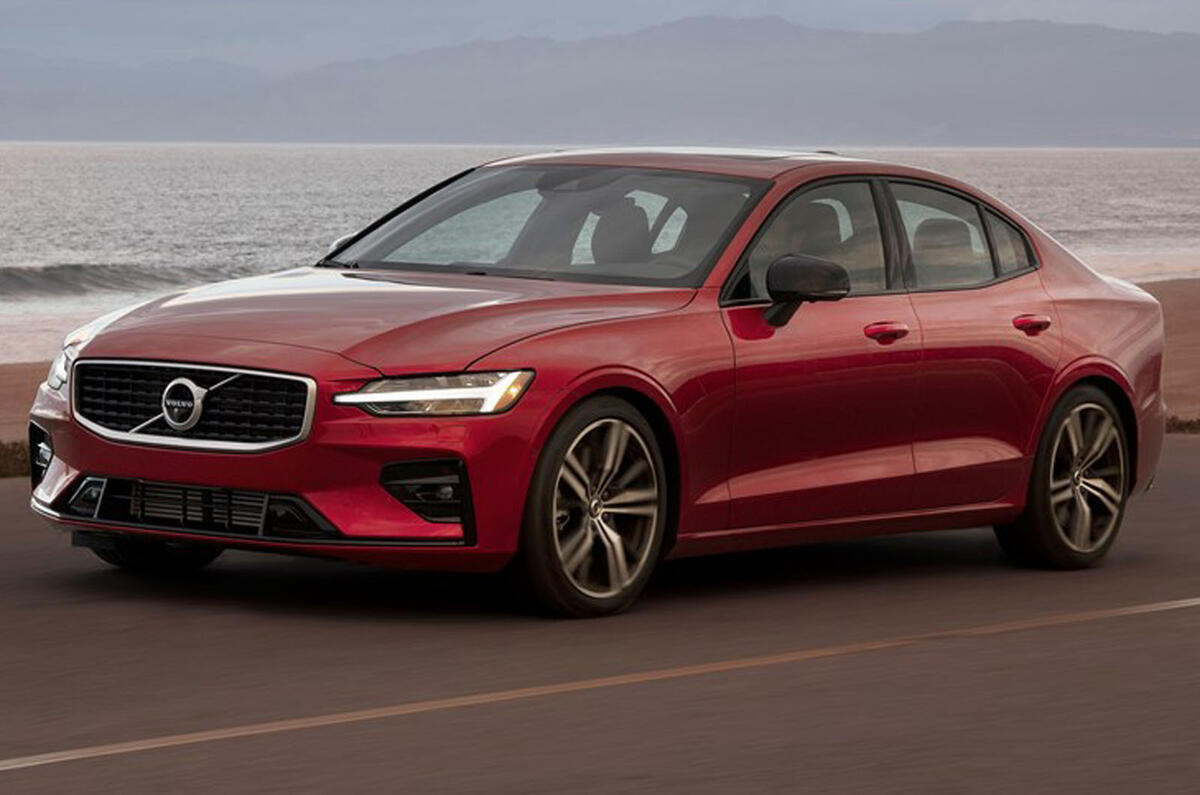Volvo, you might have read, is going to limit the top speed of all the cars it sells from 2021 onwards to 112mph (180km/h).
On the face of it this appears to be little more than a PR stunt to garner goodwill and head-nodding approval from legislators and the public at large. The company says it has made the move as part of its goal that no one should be killed or injured in a Volvo by 2020.
But how many road accidents actually happen at or above 112mph? Gary Baldwin, a forensic collision investigator with the Thames Valley Police, reckons the self-imposed top speed limit’s impact on road deaths will be negligible. “It’s an irrelevance,” he said. “I genuinely think it will have no effect whatsoever.”
There might be more to this than meets the eye, however. Last May the European Commission published a list of 12 new safety features it – or rather the European Transport Safety Council (ETSC), the EU’s go-to advisory body on road safety – wants mandated on new cars from 2021, including among them Intelligent speed assistance (ISA).
These things take time to implement, though, and it was only towards the end of last month that a committee of MEPs voted to approve that list – and there’s still more legislative wrangling to go before it’s all finalised.
The idea is that the mandatory ISA will be switchable “to aid public acceptance at introduction” but that it will default to ‘on’ each time you start the car.
ISA is basically a fusion of adaptive cruise control and traffic sign and speed limit recognition systems. It already exists as an option on some cars, although you imagine it’s going to bump up the price of small, entry-level models by a significant amount (still, it looks like they’re on the way out anyway).
The ETSC suggests that mandatory ISA “is expected to reduce collisions by 30% and deaths by 20%”, although it doesn’t say at which speeds those accidents would no longer be happening, and it’s unclear whether that’s with switchable ISA or with a version that you can’t ever turn off – which is likely where all this is leading.





Join the debate
Add your comment
That human factor....
It’s us, yes, we’re the problem, we are in the Mornings in a rush, slept in and so on, you see them every Morning joining the Motorway, they zoom up the on ramp and shoot across to lane two or three and off the go at 90+mph bullying others out of there way, if autonomy controlled how fast the Car went in whatever speed limit we’d gradually except it and alter our life’s accordingly, there’d be no need to speed, we’d be more relaxed, ok, emergency vehicles would be the exception, but, as I said, it’s us, we have to change.
Given the speed restrictions across most of Western Europe
112MPH is unnecessarily fast.
It would make more sense to limit the cars to say 90MPH with an option to switch off any restriction. With the future adoption of autonomous technology, speeding will become less of an issue. It's probably better mass brands introduce these limited restrictions than have government forcing speed restrictors with no opt out.
Given the speed restrictions across most of Western EuropeI
112MPH is unnecessarily fast.
It would make more sense to limit the cars to say 90MPH with an option to switch off any restriction. With the future adoption of autonomous technology, speeding will become less of an issue. It's probably better mass brands introduce these limited restrictions than have government forcing speed restrictors with no opt out.